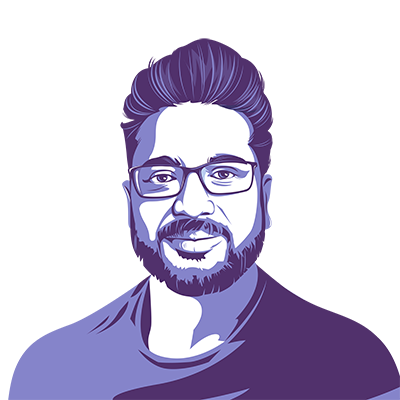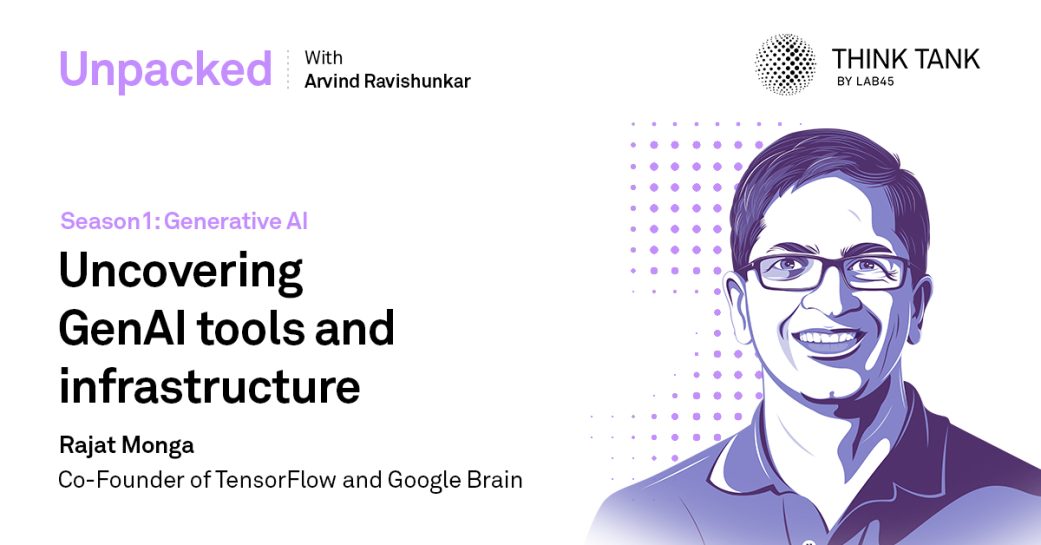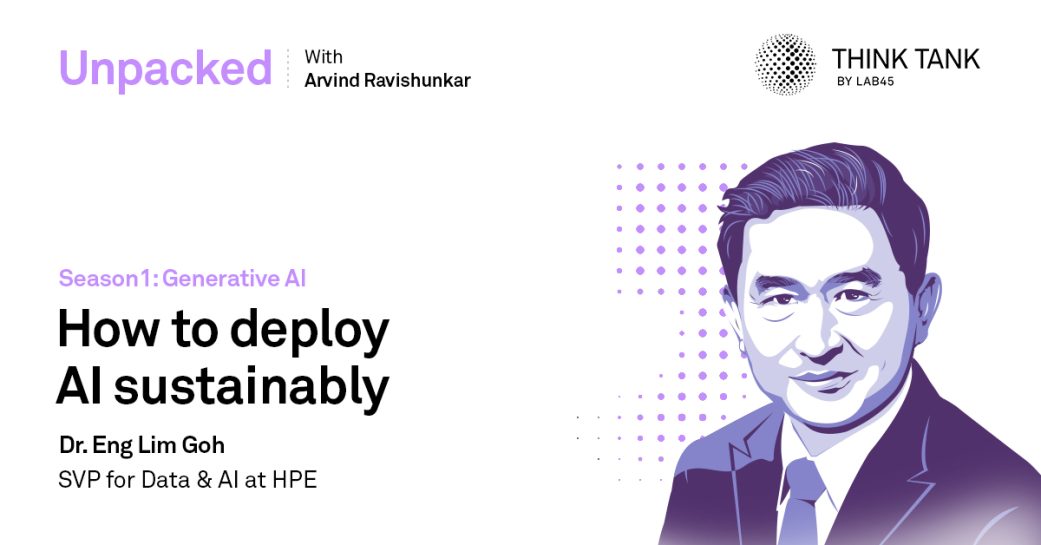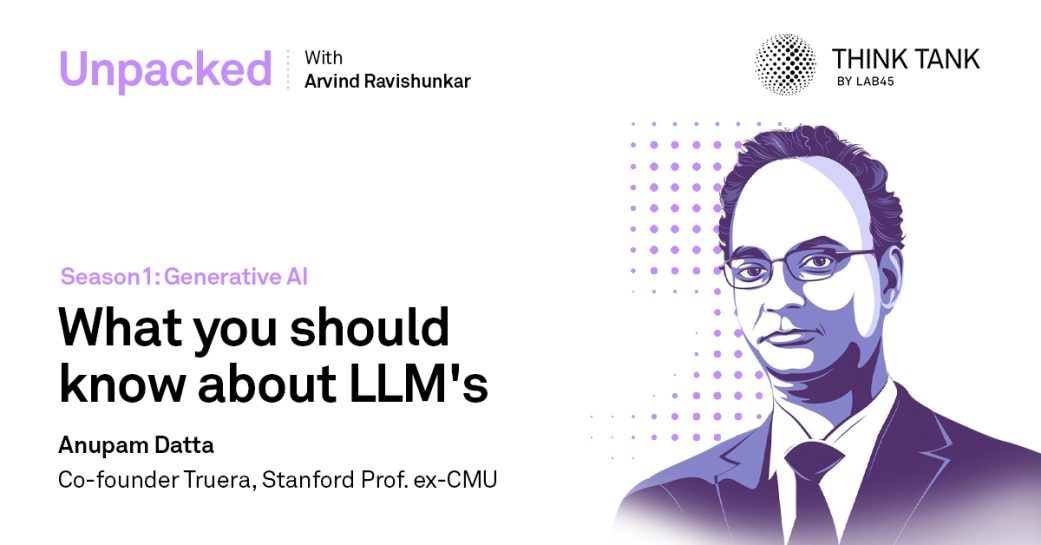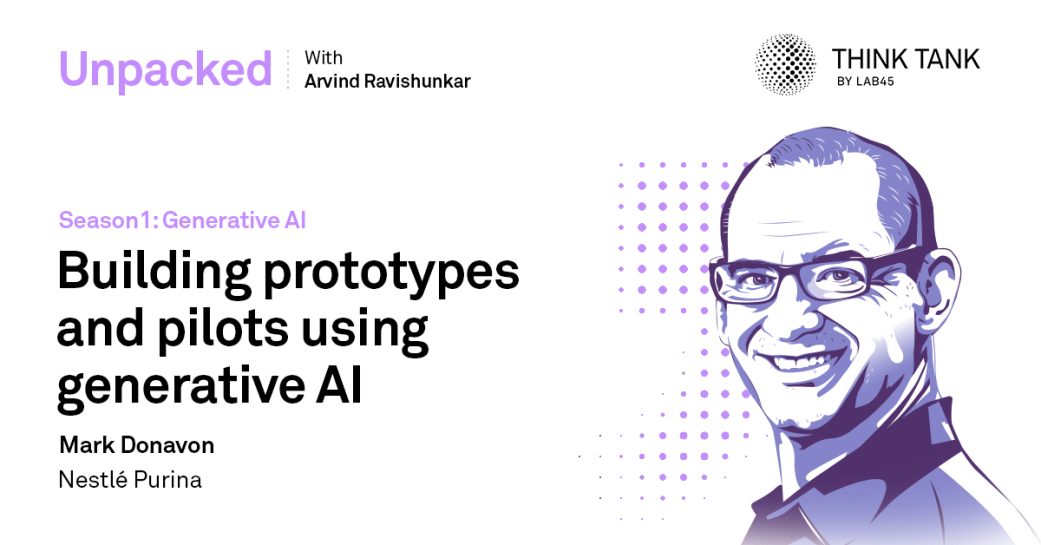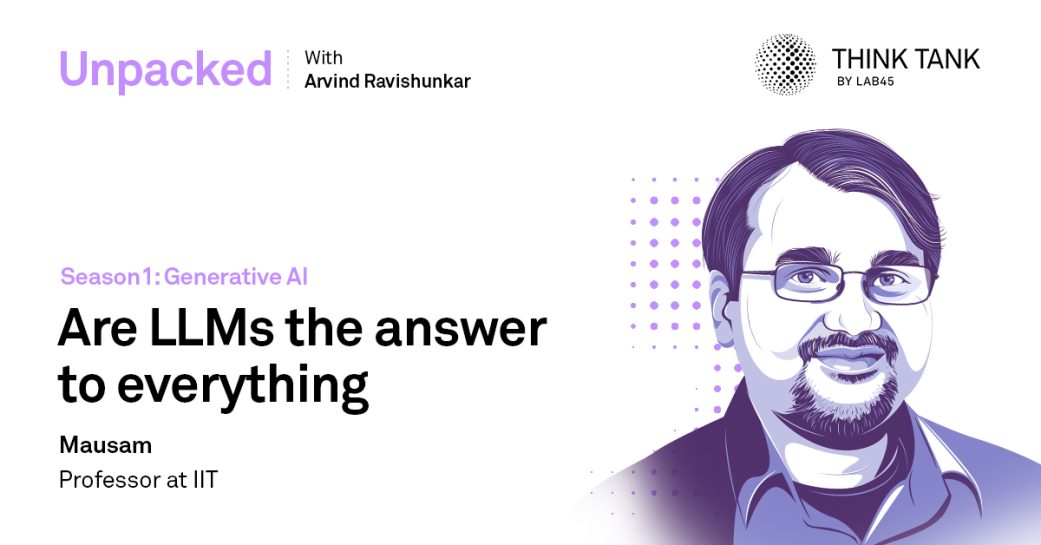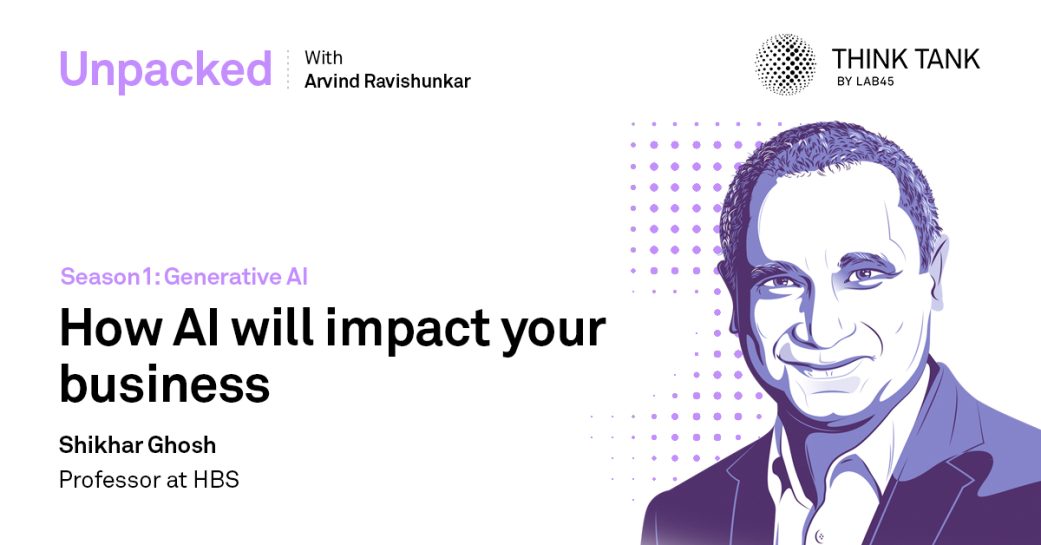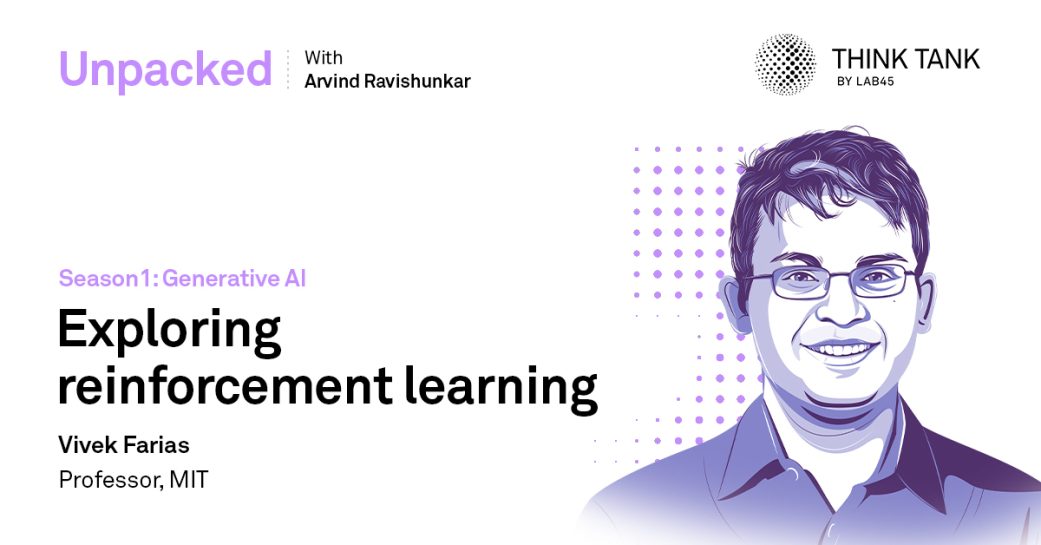What you should know about LLM’s with Anupam Datta, Co-founder TruEra, and ex-CMU
Engaging topics at a glance
-
00:09:15Introduction
-
00:13:40What is a Large Language Model (LLM)?
-
00:18:40Is LLM a form of intelligence?
-
00:20:25Comparing how LLMs learn than human learning.
-
00:22:50How LLMs differ from one another?
-
00:27:56What to consider when choosing LLMs?
-
00:44:05Can LLMs retrieve past human knowledge?
-
00:51:45How can companies harness power of statistical models?
-
00:53:05Key things to keep in Mind when integrating LLM into the business.
-
00:56:10Conclusion
Join us in this episode featuring Anupam Datta, Co-founder and Chief Scientist, TruEra, as we dive into the evolution of LLMs and what they hold for the future!
This world of generative AI has caught us by storm. And as enterprise leaders in your companies, understanding the technology behind generative AI will give you a competitive advantage as you plan your companies and businesses. And to help you do this, we will unpack a technology, large language models (LLMs), that powers AI today and represent a paradigm shift in this field of Artificial Intelligence.
LLMs can craft meaningful responses across many domains. Their performance has notably improved recently thanks to the substantial increase in model size and data volume.
Is it like human? No, far from it. Generative AI is still a machine that is learning statistical patterns and generalizing from there remarkably well, but these are machines.

– Anupam Datta
With the increasing acceptance of this technology, numerous companies are unveiling various Large Language Models (LLMs). It’s important to recognize that opting for the largest or highest-performing LLM isn’t always the most suitable approach. Instead, one might prefer LLMs that excel in specific tasks relevant to their application. As a leader in the enterprise, it’s crucial to integrate this understanding into your company’s strategy, aiding in identifying the appropriate LLMs to match and adapt for your applications. Achieving equilibrium between LLM selection, cost considerations, and latency considerations stands as a pivotal concern for enterprises. Equally essential is the thorough validation and assessment of generative outputs, serving as a safeguard prior to embarking on consequential choices. Hence, the undertaking of reliability testing at this current juncture is paramount.
Furthermore, enterprises need to consider a few other key aspects in this evolving landscape of LLMs as they build out LLMs. Starting with a well-defined business use case that offers real value is crucial. As LLMs move from development to production, it’s important to establish thorough evaluations and observability throughout their lifecycle. Education across the organization is vital to implement LLMs effectively. Companies should train their workforce to adapt to this changing technology stack. Fostering a community around responsible AI development and evaluation can contribute to a better understanding and management of LLMs. With these steps, enterprises can navigate the complexities of LLMs and harness their potential for positive impact.
Production Team
Arvind Ravishunkar, Ankit Pandey, Chandan Jha
